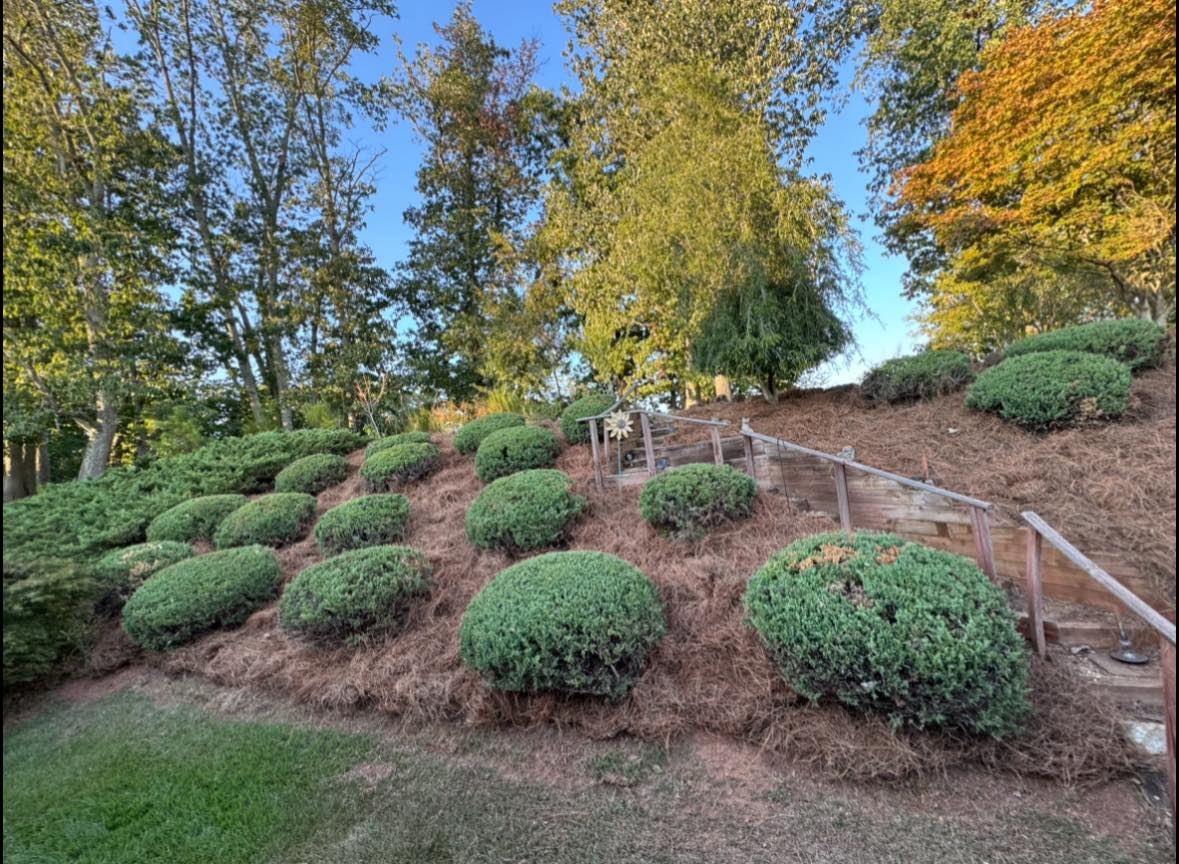
Eco-Friendly Landscaping Tips for a Beautiful and Sustainable Garden Oct 29, 2025
Understanding the core principles of eco-friendly landscaping is the first step towards a sustainable garden. It's all about harmony with nature, using resources wisely, and reducing waste.
One essential aspect of creating an eco-friendly landscape is choosing native plants. Native flora are adapted to the local climate, soil, and ecosystem, which means they require less water and maintenance. They also provide the perfect habitat for local wildlife, contributing to biodiversity. By selecting indigenous plants, you not only embrace the natural beauty of your surroundings but also support the health of your local environment.
Water conservation is another critical element of sustainable gardening. Implementing a rainwater harvesting system can significantly reduce the amount of tap water needed for your garden. Installing drip irrigation or soaker hoses can ensure water is applied more effectively and precisely, reducing wastage. Additionally, incorporating a layer of mulch will help retain moisture, suppress weeds, and nourish your garden soil.
Composting is an excellent way to recycle organic waste from your kitchen and garden. By composting, you can create nutrient-rich soil that will improve soil fertility and structure, reducing the need for chemical fertilizers. This not only benefits your plants but also reduces waste sent to landfills, cutting down greenhouse gas emissions.
Another environmentally friendly practice is integrating hardscape features such as permeable paving, which allows water to seep through and replenish groundwater supplies. Using recycled or locally sourced materials for pathways and patios minimizes environmental impact, while reflecting your commitment to sustainability.
At Brumblebee's Landscaping & Cleaning Services, we advise creating insect-friendly areas within your garden to encourage the presence of pollinators like bees and butterflies. Planting a variety of flowers, shrubs, and trees that bloom at different times of the year can provide food and habitat, supporting these crucial creatures in your garden ecosystem.
Lighting can also be eco-conscious. Instead of high-energy floodlights, consider solar-powered lights that store energy during the day and illuminate your garden at night. These not only reduce carbon emissions but also lower your electricity bills.
Regular maintenance plays a pivotal role in eco-friendly landscaping. Choose manual tools over gas-powered ones to reduce pollution and noise. Pruning regularly encourages healthy plant growth, while keeping an eye out for pests helps manage issues before they require drastic measures such as pesticides.
In conclusion, building a sustainable garden is not just about reducing harm but enhancing the natural beauty and value of your environment. By adopting these eco-friendly landscaping tips, you not only contribute to a healthier planet but also establish a serene and sustainable retreat. For more tailored guidance, Brumblebee's Landscaping & Cleaning Services is here to help transform your garden into a model of sustainability and beauty.
Remember, a sustainable garden is a lasting gift to nature and yourself. With these eco-friendly practices, you can enjoy a flourishing garden that benefits you and the world around you.
/filters:no_upscale()/media/913261a3-8142-4d9f-bdf0-99cc655f6a79.jpeg)
/filters:no_upscale()/filters:format(webp)/media/0c02cc11-7fc5-4c2f-b307-2c6c3559dd49.jpeg)